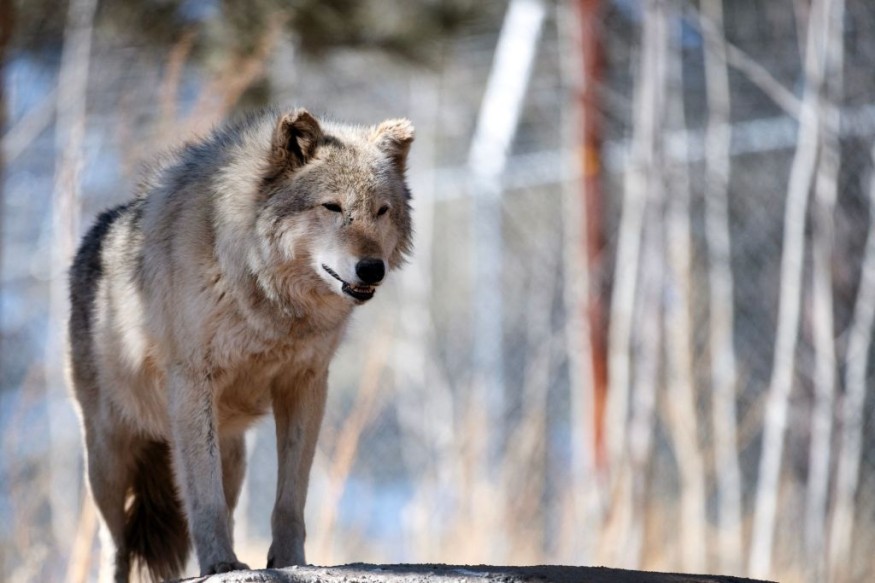With the declining population of endangered gray wolves, researchers discovered new pack over the Sierra Nevada.
Researchers have been monitoring the wolf population in parts of California as they suffer from population decline and the brink of extinction.
The new pack of endangered wolves roaming over the Sierra Nevada shows hope to save the species. The gray wolf population declined as their species were hunted in the region in the 1920s, including habitat loss and encroachment.
According to the California Wolf Center, wolf packs are roaming around Northern California. Experts have been monitoring the three known packs:
- Whaleback packs
- Lassen packs
- Beckwourth packs
One of the known wolves in California, "Journey," managed to travel from Oregon and California to look for a potential partner in 2011.
It is not allowed and illegal to hunt and kill wolves, thanks to the Endangered Species Act that protects them.
New wolf packs in California

Researchers discovered a new and unknown pack of gray wolves in Nevada's Sierra Nevada. The report of a wolf roaming near the Sequoia National Forest in Tulare County helped experts track the said pack.
In addition, the new pack of wolves is 200 miles from the known pack in the area.
The California Department of Fish and Wildlife also recorded a new gray wolf pack in Tulare County. The increasing number of wolves in California showed a good sign for conservation and protection efforts in the region.
At least five wolves were in the new pack found in California, with four wolves and an adult female wolf.
NEWS RELEASE: New Gray Wolf Pack Confirmed In Tulare County
— California Department of Fish and Wildlife (@CaliforniaDFW) August 12, 2023
Based on recent reports, experts looked into the tracks of the wolves. They also analyzed the DNA samples. Amazingly, the new pack is a descendant of the previous wolf, OR7.
Also Read : New Species of Mole in Eastern Turkey: Animal Likely Stayed Hidden for About 3 Million Years
More about gray wolves in the U.S
The National Wildlife Foundation explained that the gray wolf population can be found in parts of the U.S., including Michigan, Northern Wisconsin, Northeast Oregon and Yellowstone areas.
In January, the gray wolves in Michigan showed a stable population based on the 2022 surveys on the animal species.
Wolves like to travel in packs with four to nine-pack members. They can stay in forests, grasslands and woodlands, consuming mammals like deer, moose and others.
Wolves can live up to 13 years. They are best at spotting and hunting for possible prey, attacking in groups. Wolves are known for their strong social bonds, defending one another from threats and predators.
Meanwhile, the wolves couple are seen together until they finally die.
As wolves travel in packs, they can leave their scent to mark areas. The alpha male is considered the leader of the pack. However, other wolves can also challenge by growling.
The World Wildlife Fund (WWF) explained there are about 12,000 wolves in Europe.
For more similar stories, don't forget to follow Nature World News.
© 2025 NatureWorldNews.com All rights reserved. Do not reproduce without permission.





